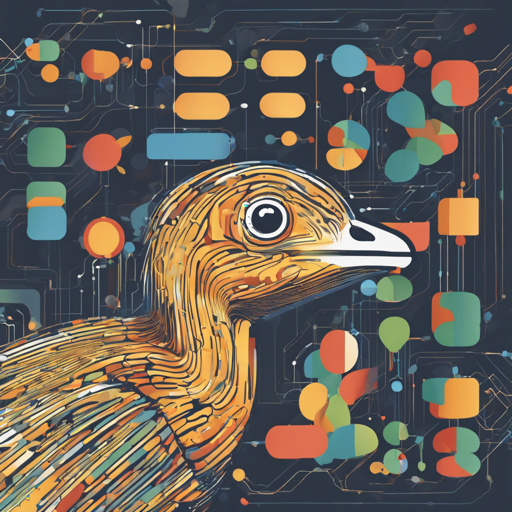In the world of machine learning, Weka stands out as a comprehensive environment for developing innovative solutions. The Python Weka Wrapper 3 allows you to integrate Weka’s features into your Python projects effortlessly. In this article, we’ll guide you on how to install and use this powerful tool, along with some troubleshooting tips!
Prerequisites
Before you dive into installation, make sure you have the following requirements met:
- Python 3
- jpype1
- Optional (but recommended): matplotlib, pygraphviz, PIL, lxml
- OpenJDK 11 (or later)
Installation Steps
Installing the Python Weka Wrapper 3 is straightforward. It can be done through different methods depending on your operating system. Detailed instructions are available on the official installation guide. However, it’s important to note that you may need a build environment to compile certain libraries from source.
Using Docker
If you’re looking for a hassle-free way to run Python Weka Wrapper 3 without the need for installation, consider using Docker. Pre-built Docker images allow you to utilize the tool seamlessly. Check out more about this on the Docker Guide.
Exploring Examples
Practicing with examples is a great way to learn how to use any library. For Python Weka Wrapper 3, you can look at:
- The Examples section in the documentation which demonstrates various functionalities of the API.
- The python-weka-wrapper-examples3 repository that provides additional example code for different APIs.
Complete Documentation
For in-depth learning, refer to the complete documentation available at: Weka Wrapper Documentation.
Understanding the Code
Imagine you’re a conductor directing an orchestra. Each musician (or a model in the case of machine learning) waits for your signal to play their part. Similarly, the Python Weka Wrapper acts like a conductor, managing different Weka models (.e.g, classifiers, clusterers) so they seamlessly work together in your Python environment.
By initiating a model, passing data, and calling methods, you’re guiding the orchestra, ensuring that everything plays harmoniously to produce accurate predictions or analyses.
Troubleshooting
It’s natural to run into issues while working with new libraries. Here are some common troubleshooting ideas:
- Make sure Python and OpenJDK versions are compatible.
- Check if all required packages are installed.
- Consult the community forum for common error resolutions or post your question.
- If using Docker, ensure that you have the correct image pulled and running.
For additional insights or to collaborate on AI development projects, stay connected with fxis.ai.
Download Statistics
If you’re interested in recent download statistics, you can check out pypistats for updated data.
At fxis.ai, we believe that such advancements are crucial for the future of AI, as they enable more comprehensive and effective solutions. Our team is continually exploring new methodologies to push the envelope in artificial intelligence, ensuring that our clients benefit from the latest technological innovations.

